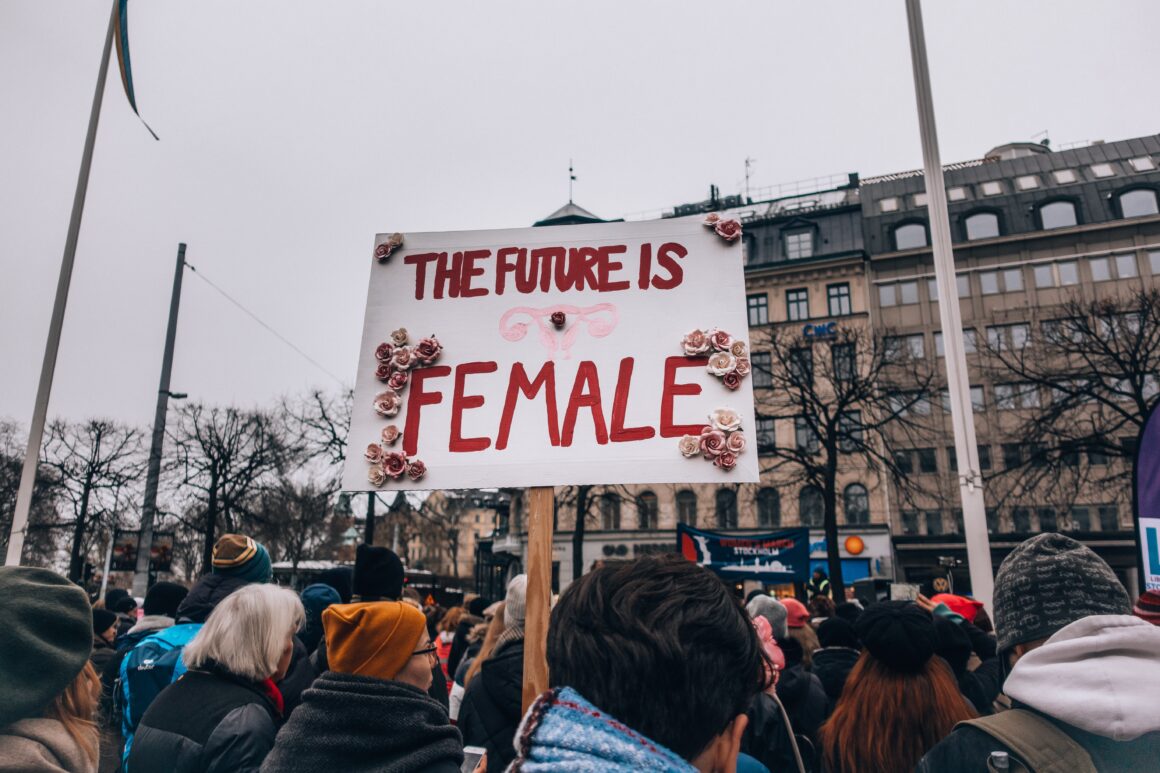
In the UK and many other countries, the idea of a child bride is so far away from us- many of us can’t even comprehend the idea of it. One YouTube video demonstrated how appalled and disgusted people were in New York when they believed a 12 year old was marrying an elderly man, with many people trying to intervene.
However girls in the developing world are still at risk and for them becoming a child bride is not a YouTube video- it’s their reality. Niger has the highest rate of child marriage, with 75% of girls married before they reach the age of 18. On the Girls Not Brides website, it states that “Each year, 15 million girls are married before the age of 18. That is 28 girls every minute. 1 every 2 seconds.”
The impact of this can be devastating for the young brides, pregnancy is one of the leading causes of death for girls aged 15 to 19 worldwide, and around 90% of adolescent pregnancies take place within marriage. Child brides are also at a higher risk of contracting HIV due to the fact they are often married to older men, and girls aged 15-19 are up to 6 times more likely to contract HIV than boys the same age as them. Child brides often display symptoms of post-traumatic stress and sexual abuse, and in one study in India it was found that girls who married under the age of 18 were twice more likely to report being beaten, or threatened by their husbands than those who married when they were older.
There are many different reasons why this happens, one reason is gender inequality. In certain communities girls can be seen as a burden, so families marry their daughter(s) at a young age to “transfer the burden”. There are also strong links between poverty and child marriage, with more than half of girls from the poorest families in developing countries becoming child brides. This can be because by giving their daughter away for marriage they no longer have to pay for her expenses, or in other circumstances families may prioritize their son’s education over the living cost of their daughter.
You can also read interviews from girls who have been married at a young age, and see what they say and how they feel about marriage here. One girl, Samina, said
“My dreams were shattered, I left my books and shattered dreams behind, and moved to my husband’s house. My husband, 20 years old, was not ready to take up the burden my father had transferred to him.”
Of course we don’t have to let this carry on. If we do nothing about this, by 2050 around 1.5 billion girls will have been married. The rate of child marriage has been slowly declining but more can be done to help.
According to Girls Not Brides’ theory of change, there are four categories in which efforts need to be made to end child marriage. The first category is ‘Empower Girls’, within this category girls and their families are supported in becoming agents of change, helping them to speak out and make their voices heard, they are encouraged to forge their own path in life. The ‘safe space programs’ funded by the UK Department for International Development offers girls a varied curriculum to learn life skills, health and financial literacy, and an opportunity to meet with peers. This offers a useful alternative to girls who are unable to receive a formal education. The second category is ‘Mobilize Families and Communities’, in which the charity works with the community to help educate about the damaging impacts of child marriage and how girls and women can have a role within a community. The third is ‘Provide Services’, where access to education, health services, child protection mechanisms, and economic security is given. The fourth category is ‘Strengthening, Implementing, and Resourcing Laws and Policies’. In this category it shows countries and communities don’t always follow the UN Convention on the Rights of the Child, which is an important step to upholding children’s rights and keeping them safe.
If you want to take action, one way to do it is follow this link to Girls Not Brides’ Take Action page, which has a variety of ways you can help.
Facts and figures were found here, here, and here.




